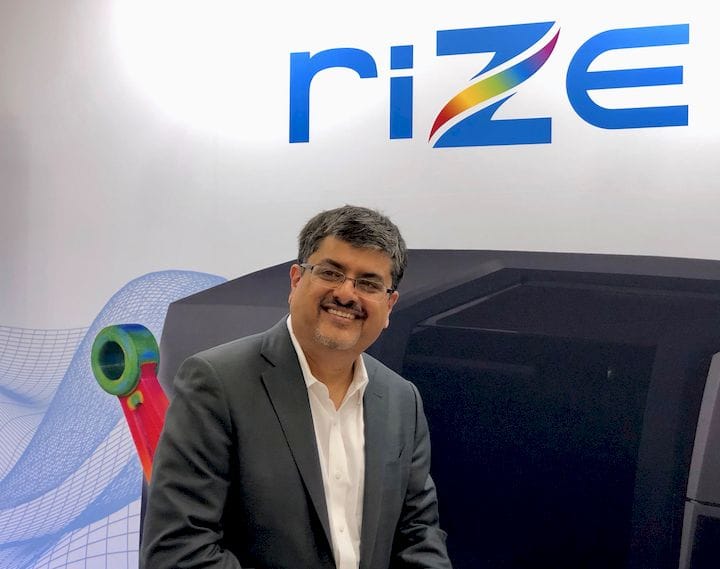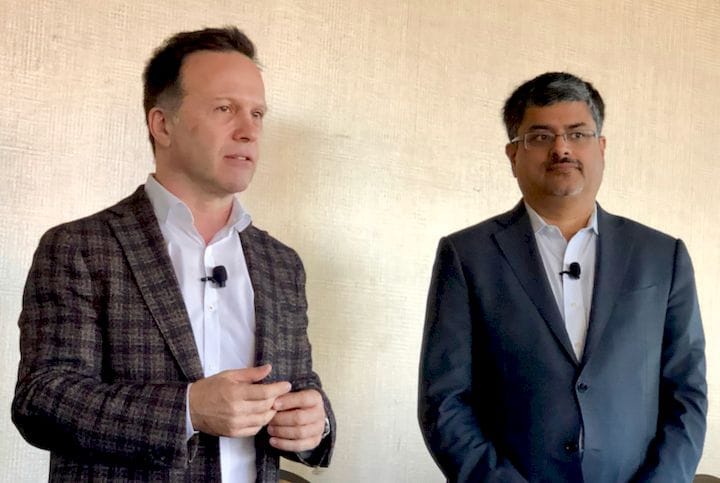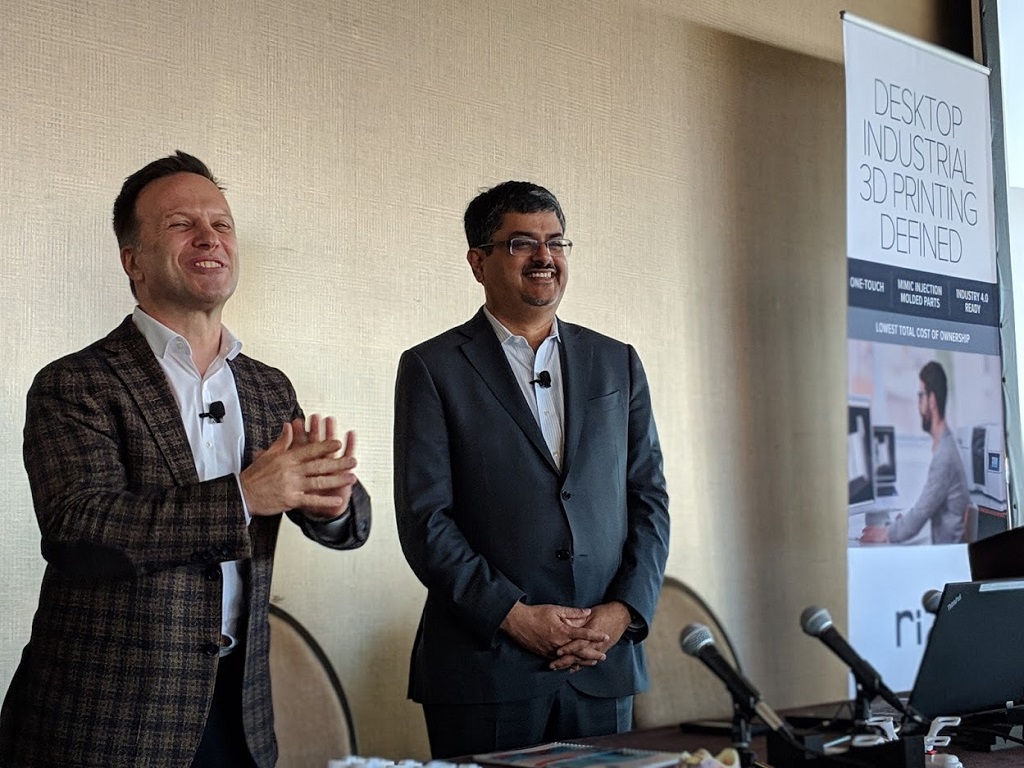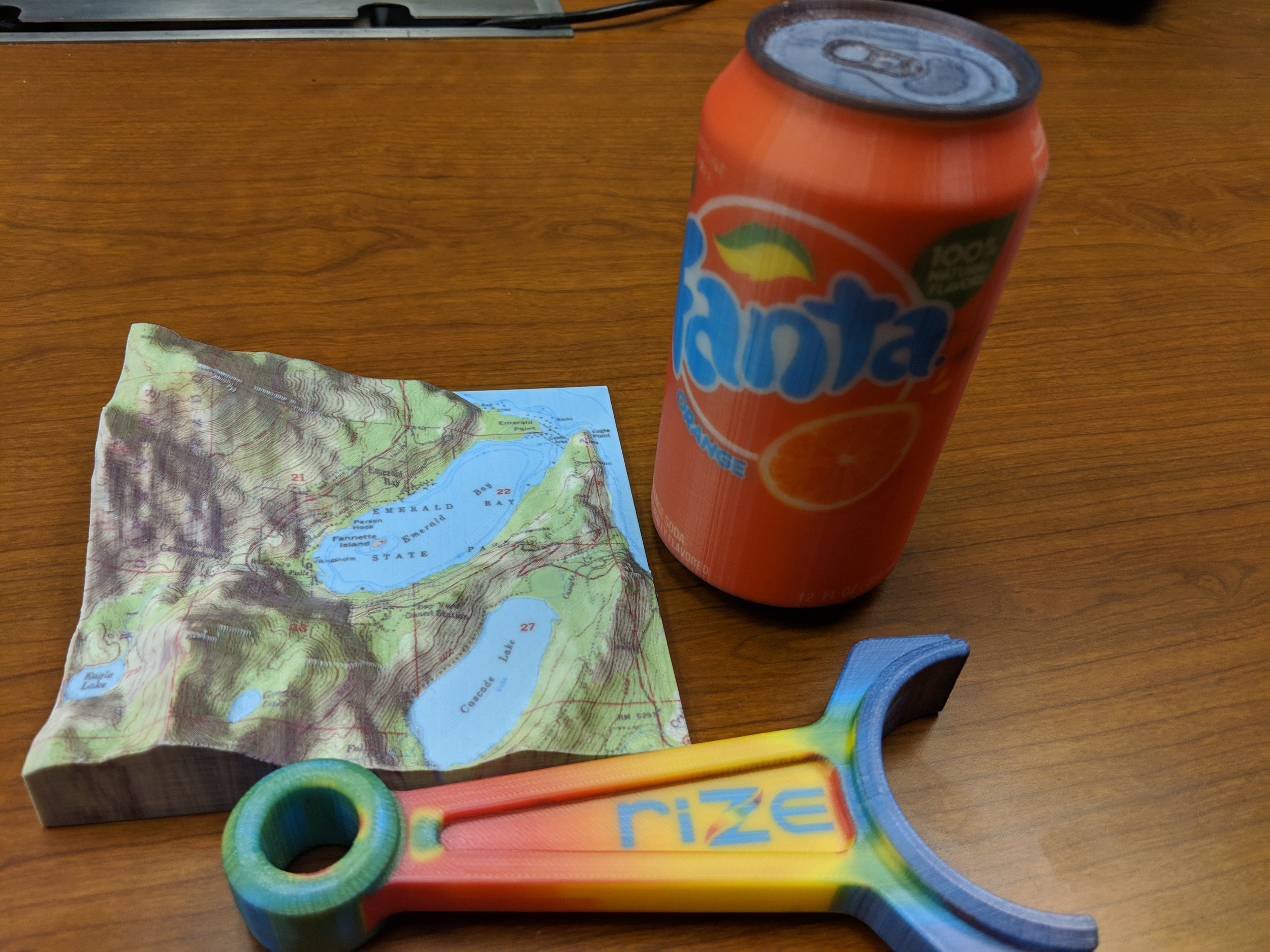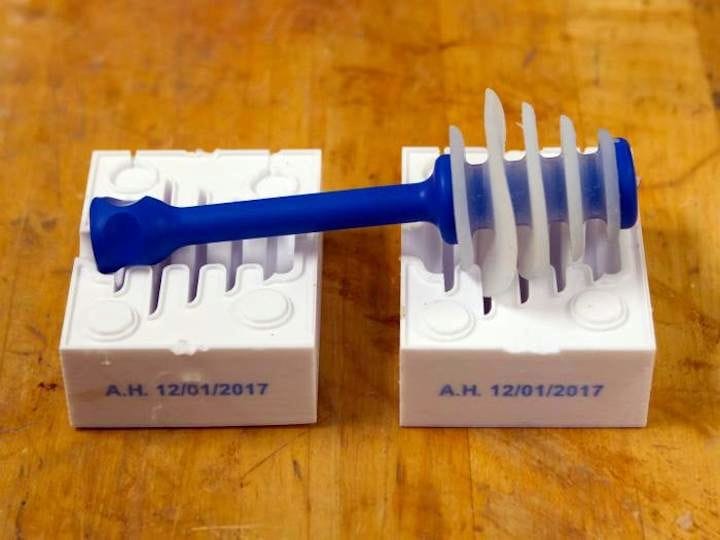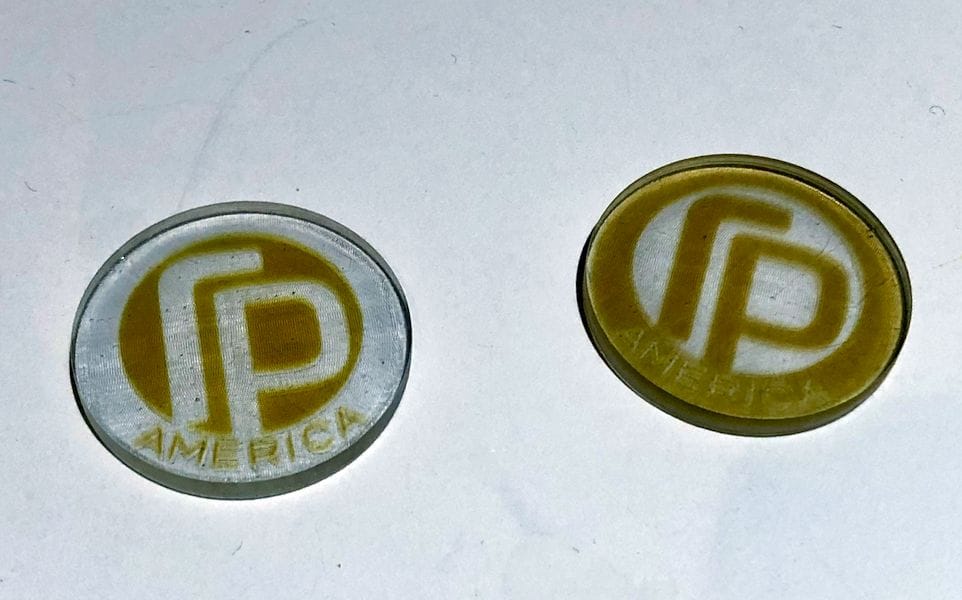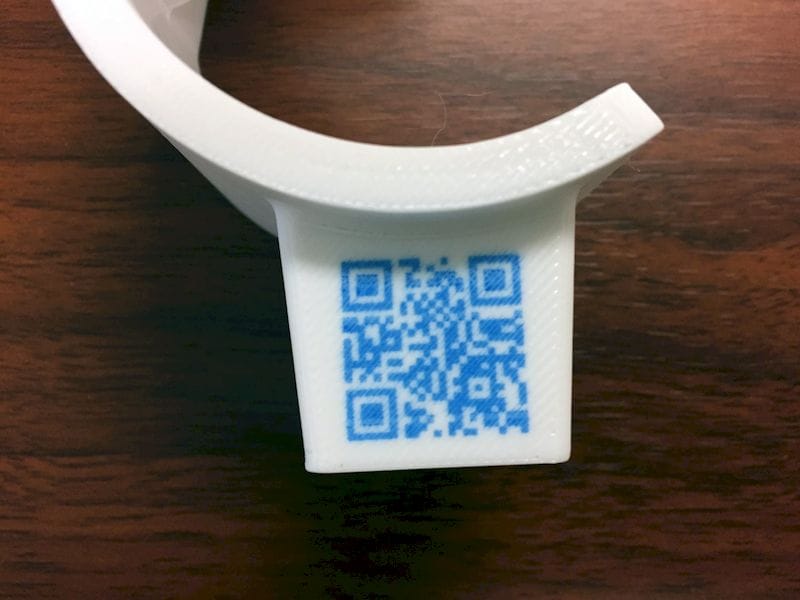![Printed fingers with sandpaper glued to them [Image: Rize]](https://www.fabbaloo.com/wp-content/uploads/2020/05/image-asset_img_5eafb5ae9f594.jpg)
SPONSORED CONTENT
Fabbaloo and Rize partnered on a webinar discussing Trends in 3D Printing for Production; Addressing Challenges with Rize.
3D printing is maturing as a technology suite, with applications in end-use production steadily increasing. While much of the focus here often falls on metals, polymers remain both the larger segment of the additive manufacturing market and a significant materials portfolio for production. Strong materials and technologies capable of producing isotropic qualities can rival the quality of injection molded parts.
During the webinar, I spoke toward larger trends in production applications as 3D printing continues to add landmark use cases. One of the most visible, for example, was the 500-day transition in the hearing aid market from traditional manufacturing to 3D printing; that industry became an early example of mass adoption for production-scale, high-quality 3D printing.
Applications for 3D printing in production include:
-
Tooling
-
Jigs and fixtures
-
Spare and replacement parts
-
Customized, one-off, and short-run products
-
High-end aerospace components
-
Medical devices
The promise of 3D printing includes such factors as:
-
“Freedom” of design complexity
-
Lightweighting
-
Reduction of parts
-
Reduction of costs in terms of materials, labor, and assembly
-
Localized production
-
On-site production
-
Automation
For all these benefits, though, additive manufacturing has not yet fulfilled every promise. The nascent industry is still maturing and more advanced solutions still developing. Barriers to entry remain, in terms of materials options, training, repeatability, qualification/certification, upfront costs, and more. Among tech challenges are design for additive manufacturing (DfAM), speed, scale, safety, and post-processing.
Addressing these challenges to best reach and leverage the full potential of 3D printing is an ongoing process — and one that Rize is rising to.
Rize Inc. President and CEO Andy Kalambi presented an in-depth look at the solutions his company is developing. The unique Rize One 3D printer with its high-strength Rizium One material offers real-world solutions for a number of applications.
Beginning with a look at the Additive Journey, Andy examined the path of adoption that leads to bringing these solutions to bear in operations. Rize offers industrial desktop 3D printing, where simplicity, speed, and safety are paramount.
Notably, Rize takes a platform approach for an inclusive 3D printing environment that is digitally connected to Industry 4.0 technologies. The company also highlights the importance of partnerships, underscoring interconnectivity.
Andy walked through the journey with Rize, including work in hardware, software, and materials. Sharing customer use cases allows for a glimpse into real-world applications where installations have proven their value — and fast return on investment (ROI) — in a variety of verticals. Upcoming portfolio additions hold further promise for this growing company and we look forward to keeping up with them.
For a full look into the insights from Rize and the roadmap ahead in high-strength industrial 3D printing, you can access the webinar on-demand here.

